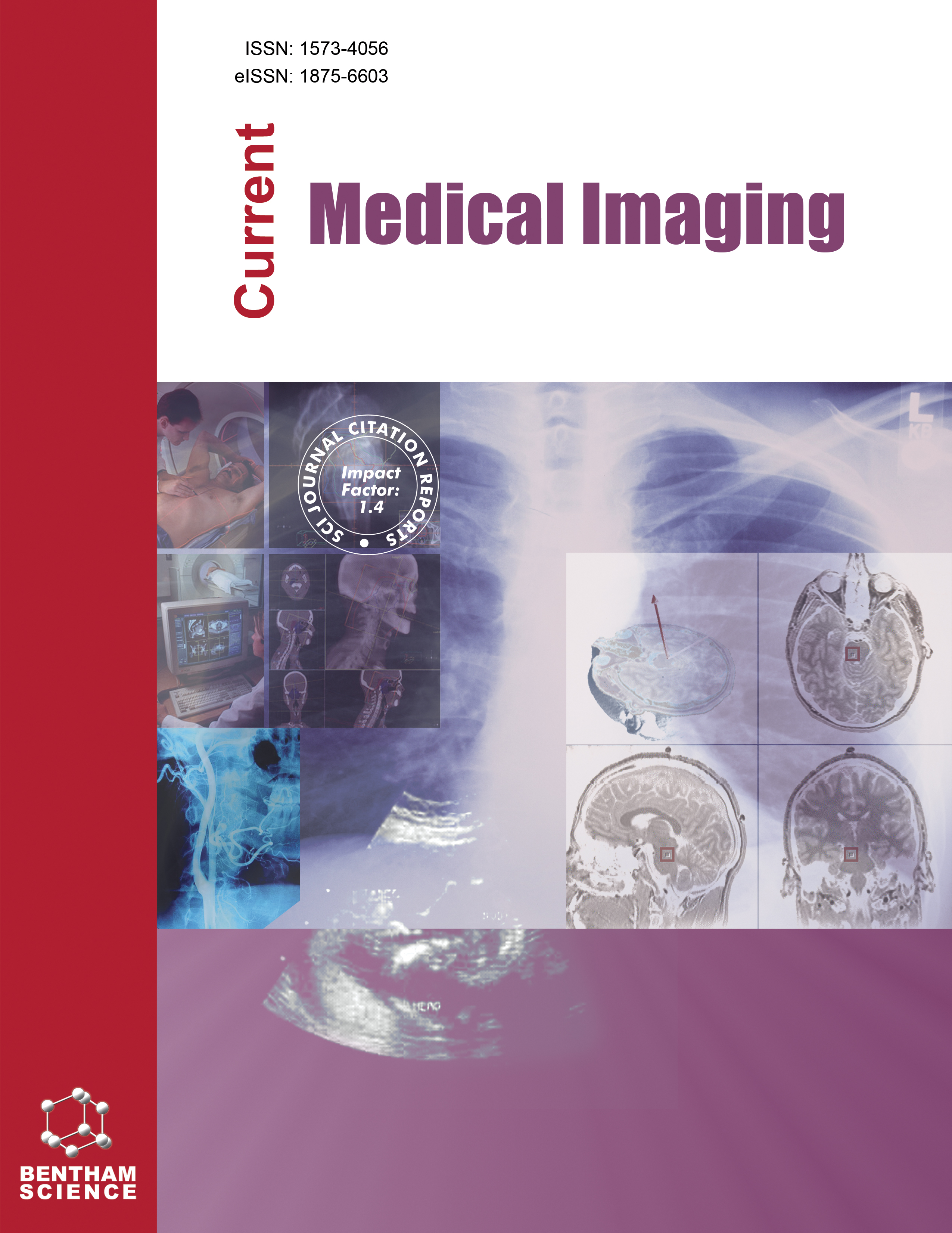-
oa Combination of Different Sectional Elastography Techniques with Age to Optimize the Downgrading of Breast BI-RAIDS Class 4a Nodules
- Source: Current Medical Imaging, Volume 20, Issue 1, Jan 2024, e15734056307595
-
- 09 Mar 2024
- 05 Aug 2024
- 01 Jan 2024
Abstract
This study aims to optimize the downgrading of BI-RADS class 4a nodules by combining various sectional elastography techniques with age.
We performed conventional ultrasonography, strain elastography (SE), and shear wave elastography (SWE) on patients. Quantitative parameters recorded included age, cross-sectional and longitudinal area ratios (C-EI/B, L-EI/B), strain rate ratios (C-SR, L-SR), overall average elastic modulus values (C-Emean1, L-Emean1), five-point average elastic modulus values (C-Emean2, L-Emean2), and maximum elastic modulus values (C-Emax, L-Emax).
Histopathological evaluations showed that out of 230 lesions, 45 were malignant, and 185 were benign. The sensitivity and specificity of conventional ultrasonography were 100% and 0%, respectively. In contrast, SE and SWE exhibited higher specificity but lower sensitivity. Cross-sectional parameters (C-EI/B, C-SR, C-Emean1, C-Emean2, and C-Emax) outperformed their longitudinal counterparts, with C-SR and C-Emax showing the highest specificity (72.43% and 73.51%) and satisfactory sensitivity (80.00% and 88.89%). Combining age with C-SR and C-Emax significantly improved diagnostic efficiency, achieving a sensitivity of 97.78% and a specificity of 77.30%.
Integrating age with C-SR and C-Emax effectively reduces unnecessary biopsies for most BI-RADS 4a benign lesions while maintaining a very low misdiagnosis rate.


